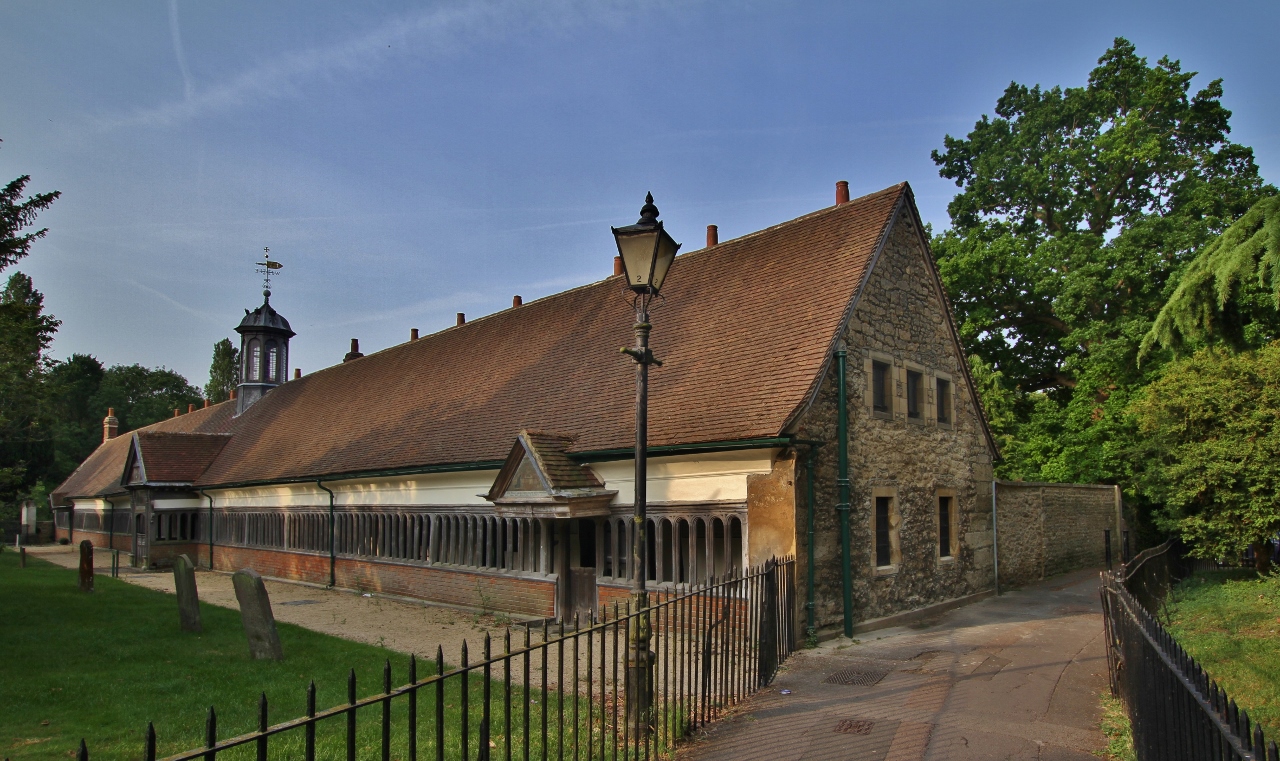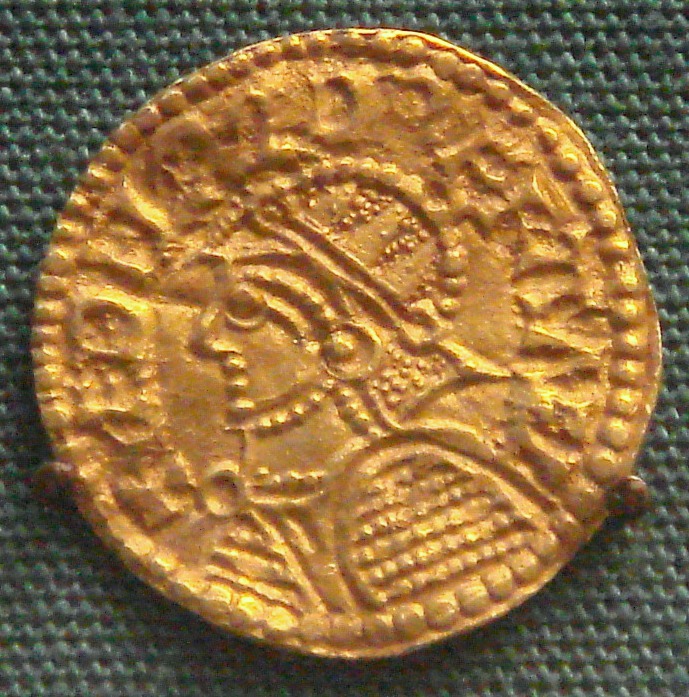|
Wulfgar Of Abingdon
Wulfgar, Abbot of Abingdon was appointed Abbot of Abingdon in 990 AD and died in 1016. (Kelly 2000) An advisor of Æthelred the Unready Æthelred II ( ang, Æþelræd, ;Different spellings of this king’s name most commonly found in modern texts are "Ethelred" and "Æthelred" (or "Aethelred"), the latter being closer to the original Old English form . Compare the modern diale ..., he is praised in the Chronicle of Abingdon as a good leader who won restitution of Abingdon lands alienated by the king. In the last year of his life he negotiated with a marauding Danish army, convincing them to spare the Abingdon locale from their depredations (a ransom was paid). Several charters written by him are preserved, and it appears as well that he is responsible for several lines of a Latin elegy, jointly composed with a Frenchman named Herbert, who is otherwise unknown. References * Kelly, S. E. 2000. Charters of Abingdon, part 1. ''Anglo-Saxon Charters'' 7. * Porter, D. W. 2011. ... [...More Info...] [...Related Items...] OR: [Wikipedia] [Google] [Baidu] |
Abbots Of Abingdon
The Abbot of Abingdon was the head (or abbot) of Anglo-Saxon and eventually Benedictine house of Abingdon Abbey at Abingdon-on-Thames in northern Berkshire (present-day Oxfordshire), England. The following is a list of abbots of Abingdon: Fictional abbots Historian Susan E. Kelly regards the traditional first six abbots as fictional: "There is good reason to think that in most cases their names were simply plucked from early charters available in the abbey's archive, the majority of which would seem to have had no connection with an early minister at Abingdon; there is no very convincing evidence that the historians had access to independent, reliable sources of information. The 'history' of the pre-Æthelwoldian minister seems to a very large extent to represent a fictional reconstruction".Kelly, ''Charters of Abingdon, part 1'' Probably fictional abbots: Abbots The historic abbots, right up to the dissolution of the abbey in 1538, are as follows: Notes References * ... [...More Info...] [...Related Items...] OR: [Wikipedia] [Google] [Baidu] |
Abingdon-on-Thames
Abingdon-on-Thames ( ), commonly known as Abingdon, is a historic market town and civil parish in the Ceremonial counties of England, ceremonial county of Oxfordshire, England, on the River Thames. Historic counties of England, Historically the county town of Berkshire, since 1974 Abingdon has been administered by the Vale of White Horse district within Oxfordshire. The area was occupied from the early to middle British Iron Age, Iron Age and the remains of a late Iron Age and Roman people, Roman oppidum, defensive enclosure lies below the town centre. Abingdon Abbey was founded around 676, giving its name to the emerging town. In the 13th and 14th centuries, Abingdon was an agricultural centre with an extensive trade in wool, alongside weaving and the manufacture of clothing. Charters for the holding of markets and fairs were granted by various monarchs, from Edward I to George II of Great Britain, George II. The town survived the Dissolution of the Monasteries, dissolution of ... [...More Info...] [...Related Items...] OR: [Wikipedia] [Google] [Baidu] |
Æthelred The Unready
Æthelred II ( ang, Æþelræd, ;Different spellings of this king’s name most commonly found in modern texts are "Ethelred" and "Æthelred" (or "Aethelred"), the latter being closer to the original Old English form . Compare the modern dialect word ., non, Aðalráðr 966 – 23 April 1016), known as Æthelred the Unready, was King of the English from 978 to 1013 and again from 1014 until his death in 1016. His epithet does not derive from the modern word " unready", but rather from the Old English meaning "poorly advised"; it is a pun on his name, which means "well advised". Æthelred was the son of King Edgar the Peaceful and Queen Ælfthryth. He came to the throne at about the age of 12, following the assassination of his older half-brother, King Edward the Martyr. The chief problem of Æthelred's reign was conflict with the Danes. After several decades of relative peace, Danish raids on English territory began again in earnest in the 980s, becoming marked ... [...More Info...] [...Related Items...] OR: [Wikipedia] [Google] [Baidu] |
Chronicle Of Abingdon Abbey
The ''Historia Ecclesie Abbendonensis'' or ''History of the Church of Abingdon'' (sometimes known by its older printed title of ''Chronicon Monasterii de Abingdon'' or occasionally as the ''Abingdon Chronicle'') was a medieval chronicle written at Abingdon Abbey in England in the 12th century. The Abbey was historically in the county of Berkshire, but since 1974 has been in the county of Oxfordshire. Background The ''Historia'' is one of a number of monastic histories written during the middle and later parts of the 12th century, when a number of monasteries produced works devoted to recording the histories of their monasteries and local areas. In the south, these included the '' Liber Eliensis'' of Ely Abbey, the ''Chronicon Abbatiae Rameseiensis'' of Ramsey Abbey, the '' Chronicon Angliae Petriburgense'' of Peterborough Abbey, a history of the see of Bath and Wells, and the ''Chronicon Monasterii de Bello'' of Battle Abbey. The northern histories produced foundation storie ... [...More Info...] [...Related Items...] OR: [Wikipedia] [Google] [Baidu] |
1016 Deaths
1 (one, unit, unity) is a number representing a single or the only entity. 1 is also a numerical digit and represents a single unit of counting or measurement. For example, a line segment of ''unit length'' is a line segment of length 1. In conventions of sign where zero is considered neither positive nor negative, 1 is the first and smallest positive integer. It is also sometimes considered the first of the infinite sequence of natural numbers, followed by 2, although by other definitions 1 is the second natural number, following 0. The fundamental mathematical property of 1 is to be a multiplicative identity, meaning that any number multiplied by 1 equals the same number. Most if not all properties of 1 can be deduced from this. In advanced mathematics, a multiplicative identity is often denoted 1, even if it is not a number. 1 is by convention not considered a prime number; this was not universally accepted until the mid-20th century. Additionally, 1 is the s ... [...More Info...] [...Related Items...] OR: [Wikipedia] [Google] [Baidu] |



